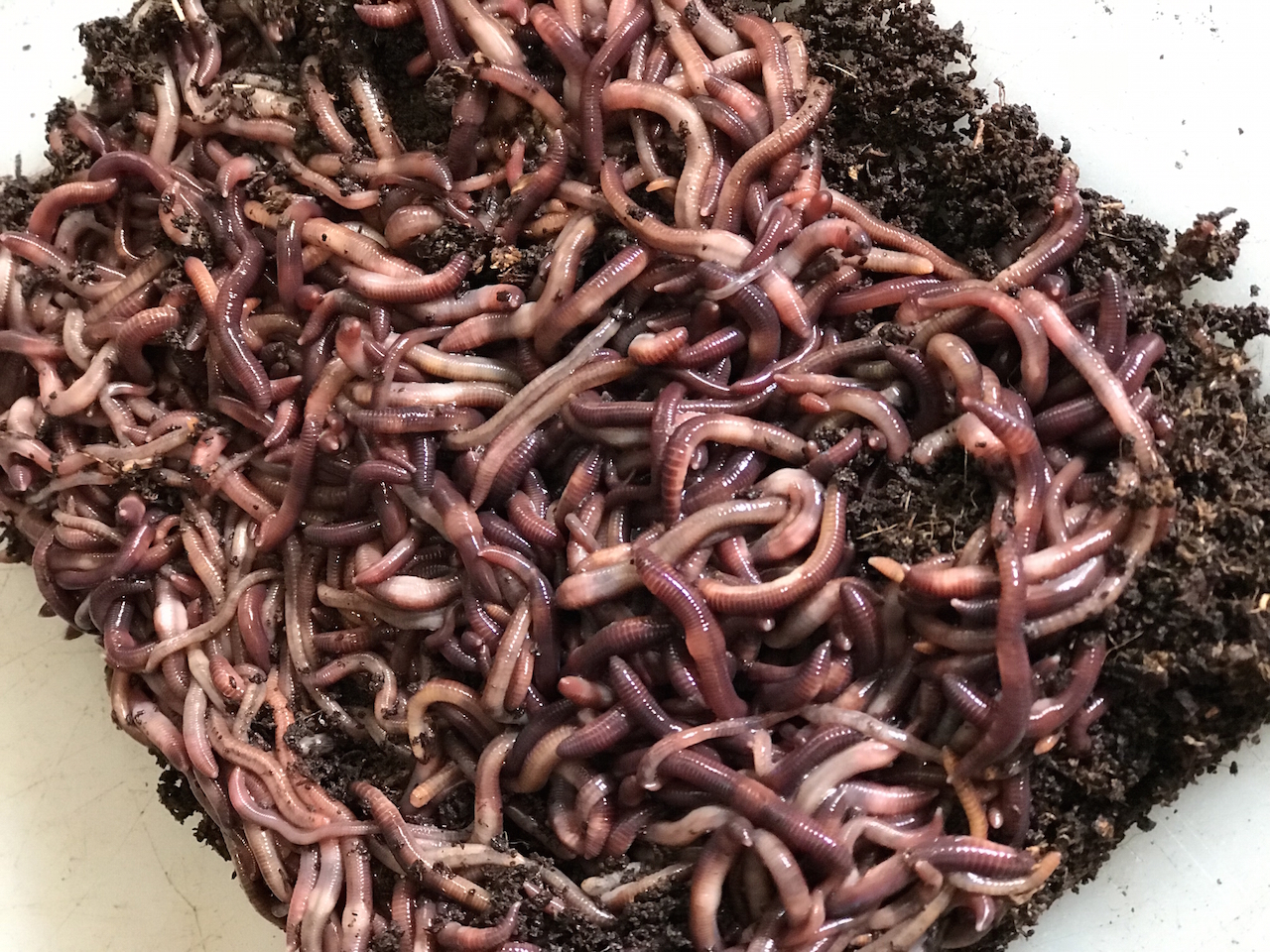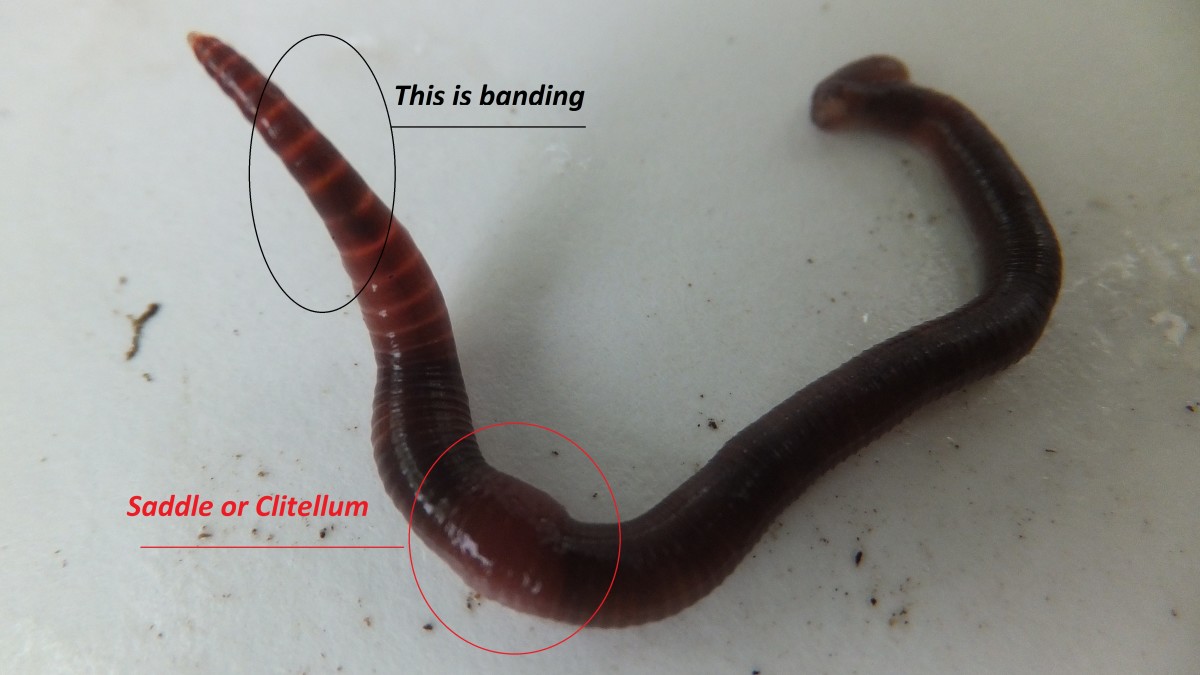Transform Your Lawn with the Expertise of Red Wiggler Express Lawn Care Experts
Red Wigglers: The Unsung Heroes of Organic Waste Recycling
Red wigglers, or Eisenia fetida, function as crucial representatives in the natural waste reusing procedure, transforming discarded products right into beneficial vermicompost. Their reliable break down of raw material not only enhances dirt top quality yet additionally adds to sustainable waste administration practices. As the globe significantly looks for options to deal with waste build-up and enhance farming performance, recognizing the duty of these worms ends up being necessary. What devices permit them to prosper in garden compost environments, and exactly how can they be properly made use of in both property and commercial setups? Exploring these questions exposes the broader effects of vermicomposting in our eco-friendly landscape.
What Are Red Wigglers?
The exceptional durability of red wigglers, scientifically called Eisenia fetida, emphasizes their vital role in natural waste recycling. These little, reddish-brown earthworms are usually located in decaying organic issue, such as compost heap and manure stacks. Lake Hickory Bait. Unlike various other earthworm types, red wigglers thrive in nutrient-rich settings and are highly reliable at breaking down organic products, making them essential for vermicomposting

(Lake Hickory Bait)Along with their function in waste decrease, red wigglers add to dirt wellness by improving soil structure and aeration with their delving activities (Lake Hickory Bait). Their presence in composting systems not only enhances decay rates but likewise advertises a lasting strategy to waste management, showing their significance in environmental preservation initiatives
Benefits of Composting With Worms
Composting with worms, especially red wigglers, supplies numerous advantages that enhance both waste management and dirt wellness. These worms effectively break down organic waste, transforming it right into nutrient-rich vermicompost that improves dirt. This process speeds up decomposition, enabling a much faster recycling of kitchen scraps and various other organic materials contrasted to standard composting methods.
In addition, the vermicompost generated by red wigglers is including valuable microorganisms, which aid boost soil structure, oygenation, and dampness retention. This improves the overall wellness of plants, advertising vigorous growth and raised returns in gardens and farming settings. Furthermore, the usage of worms in composting decreases the production of greenhouse gases, such as methane, adding to an extra sustainable waste monitoring system.

Just How to Beginning Vermicomposting
Establishing a vermicomposting system is an uncomplicated procedure that can yield significant benefits for both waste monitoring and soil enrichment. To begin, choose an appropriate container, such as a plastic container or wooden box, with adequate ventilation holes to guarantee appropriate air flow. The measurements should ideally be around 2 feet by 3 feet, allowing ample space for the worms to prosper.
Following, prepare bed linen material, which can contain shredded newspaper, cardboard, or coconut coir. This bed linen needs to be dampened to produce an appropriate habitat for the worms. When the bed linens remains in location, introduce red wigglers (Eisenia fetida) into the bin, usually around one extra pound of worms for every single square foot of surface.
Following the positioning of worms, include natural waste, such as fruit and vegetable scraps, coffee premises, and smashed eggshells. With these steps, you will effectively launch a vermicomposting system that adds to sustainable waste monitoring and enhances your dirt.
Preserving a Healthy And Balanced Worm Bin
(Red Wiggler Express)Maintaining a worm bin growing calls for routine focus and like make sure the wellness of the red wigglers and the efficiency of the composting process. Proper maintenance starts with monitoring the moisture levels; the container should perspire yet not soaked. A good guideline is to maintain a consistency similar to a wrung-out sponge.
Delicately blending the bedding and food scraps every few weeks stops compaction and makes sure that all worms have access to oxygen. In addition, it is important to feed the worms appropriately.
Temperature guideline is another crucial facet. Red wigglers grow in a variety of 55 to 77 degrees Fahrenheit. If the container becomes as well warm or chilly, the worms might end up being stressed - Lake Hickory Bait. Finally, regularly inspect for indicators of wellness, such as worm populace growth and the existence of healthy castings. By faithfully handling these elements, one can preserve a robust and effective worm container.
Effect On Lasting Living
The successful maintenance of a worm container not just benefits the health and wellness of red wigglers however additionally contributes substantially to lasting living techniques. By recycling organic waste, such as cooking area scraps and lawn debris, red wigglers assist divert significant amounts of material from land fills. This reduction in waste not only lowers greenhouse gas exhausts but additionally lessens the environmental concern associated with waste monitoring.
Additionally, the castings created by red wigglers offer as a nutrient-rich organic plant food, enhancing dirt health and wellness and advertising plant development. This natural choice to chemical fertilizers try this website sustains sustainable farming and gardening techniques, minimizing dependence on synthetic inputs that can damage environments. Additionally, worm composting cultivates understanding of waste monitoring, encouraging people and communities to take on more lasting behaviors.

Conclusion
In summary, red wigglers act as vital contributors to organic waste recycling with their efficient decay of organic materials. Their capability to create nutrient-rich vermicompost enhances soil health and wellness and supports sustainable agricultural practices. By incorporating vermicomposting right into waste monitoring strategies, people and areas can dramatically minimize waste while advertising ecological sustainability. The function of Eisenia fetida in fostering healthy ecosystems highlights the value of these microorganisms in accomplishing sustainable living and enhancing dirt fertility.